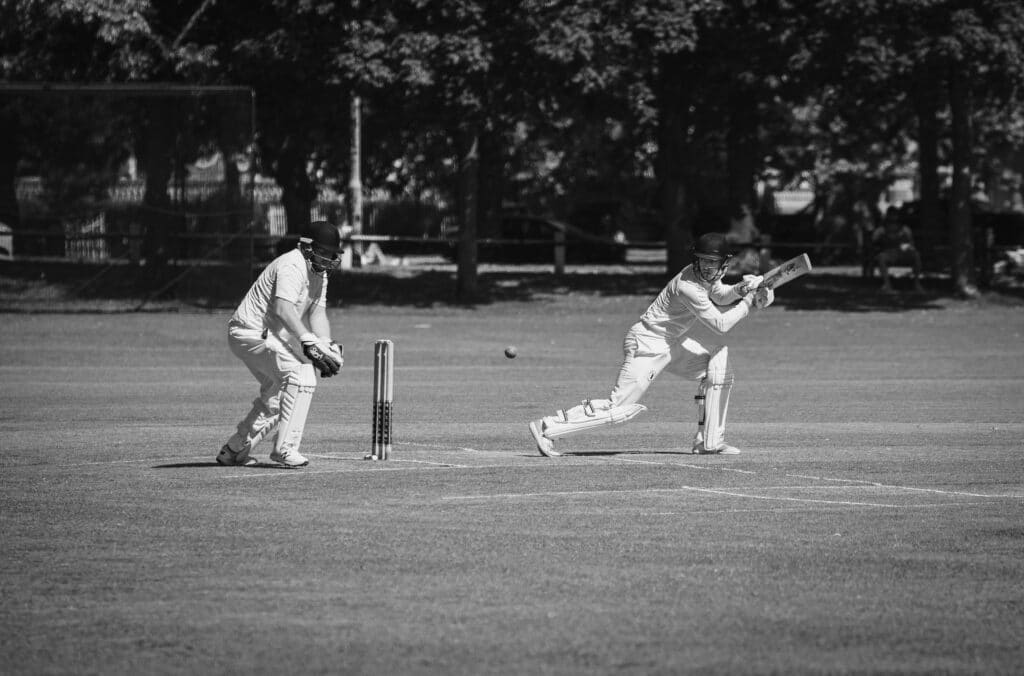Prehabilitation
What we’ll cover
Meta description: Enhance surgery outcomes with prehabilitation: exercise, nutrition, and mental prep for faster recovery and improved wellbeing.
What is prehabilitation?
Prehabilitation is a proactive, personalised approach to healthcare that enhances a patient’s physical and mental capacity prior to surgery or treatment. Often referred to as “prehab,” it is a multimodal strategy combining targeted exercises, nutritional support, and psychological preparation to improve functional outcomes. In line with Queensland Health’s guidelines, prehabilitation supports faster recovery, reduces complications, and empowers individuals through early intervention
What Are the Key Benefits of Prehabilitation
Before Surgery
Prehabilitation builds physical resilience by enhancing cardiovascular health, muscle strength, flexibility, and lung function. These improvements help patients tolerate surgery more effectively and maintain greater independence afterwards.
It also plays a preventive role, lowering the risk of common surgical complications like infections, respiratory issues, and delayed wound healing, especially in patients preparing for cardiac, cancer-related or orthopaedic procedures.
Improved strength and endurance from prehabilitation often lead to quicker mobilisation after surgery, reduced hospital stays, and fewer readmissions. These benefits make it a key contributor to smoother, faster postoperative recovery.
After surgery
Prehabilitation reduces anxiety and builds emotional resilience by improving physical preparedness and providing tools like breathing techniques. This sense of control helps patients feel better equipped to handle surgery and recovery.
Mindfulness practices, cognitive behavioural therapy, and guided relaxation are commonly integrated into prehabilitation programs. These interventions strengthen coping skills and enhance patients’ emotional well-being.
Mental readiness plays a key role in recovery outcomes. Patients who engage in psychological preparation are more likely to adhere to post-surgical rehabilitation plans, manage discomfort effectively, and maintain a proactive outlook. by improving physical preparedness. This sense of control helps reduce procedural fear, supporting emotional stability before surgery.
Mindfulness, relaxation techniques and therapeutic counselling are commonly used to support emotional wellbeing throughout the surgical journey.
Patients who engage in mental preparation typically demonstrate better pain management, sleep quality and participation in rehabilitation.
For Mental Health
Tailored nutritional plans help prepare the body for the demands of surgery. Nutrient-dense foods promote immune strength, tissue repair, and overall vitality. A nutrient-rich diet enhances tissue repair, supports immune defence, and boosts energy levels. Dietitians often provide tailored meal plans to optimise preoperative readiness.
Optimising sleep, incorporating daily movement, and managing stress levels all contribute to pre-surgery resilience and faster post-surgery recovery. Lifestyle changes such as increasing daily movement, improving sleep hygiene, and managing stress play a vital role in building resilience before surgery.
Eliminating tobacco and reducing alcohol intake lowers the likelihood of complications, including poor wound healing and respiratory issues, making recovery smoother. Reducing or eliminating tobacco and alcohol use lowers the risk of respiratory issues, bleeding, and infection, contributing to smoother recovery and fewer complications.
Key Principles for Prehabilitation Implementation
| Principle | Core Focus | Examples of Application | Expected Outcome |
| Meet Community Needs | Adaptability to local context | Tailored interventions (e.g., weight, smoking, diabetes) | Inclusive, patient-centred program delivery |
| Evidence-Informed Interventions | Scientific basis for care | Exercise, nutrition, education, psychological support | Clinically effective and safe patient preparation |
| Referral Pathways | Streamlined patient flow | Clear eligibility, inter-team communication, EMR integration | Efficient identification and enrolment of patients |
| Patient Engagement | Empowering active participation | Early education, shared decision-making, patient resources | Informed, motivated patients who are partners in care |
| Program Sustainability | Long-term viability & growth | Dedicated teams, governance, adequate resourcing, data collection | Continuous improvement and system integration |
Prehabilitation Exercises and Their Benefits Table
| Exercise Type | Primary Benefits | Recommended For | Key Features |
| Strengthening Exercises | Muscle conditioning, injury prevention | ACL surgery, joint replacements | Resistance bands, weight training |
| Cardiovascular Training | Improved endurance, cardiovascular health | General surgery patients | Walking, cycling, swimming |
| Flexibility and Mobility | Enhanced joint range, reduced stiffness | Orthopedic and arthritis patients | Stretching, yoga, pilates |
| Breathing and Relaxation | Reduced anxiety, better lung function | Cancer and thoracic surgery patients | Deep breathing, meditation |
Case Study

Last month our physiotherapists had the pleasure of observing first-hand a range of lower limb surgeries including hip and knee replacements, arthroscopes and knee reconstructions. This provided our team with fantastic insight into the latest surgical techniques and rehabilitation. In addition, this experience highlighted the importance of prehabilitation. Recent research has outlined the importance of physiotherapy and exercise prior to surgery resulting in faster post-operative outcomes and return to normal activities.
Prehab focuses on safely providing exercises and physiotherapy to improve the joint function and mobility. Surgery commonly causes trauma and swelling to the joint, soft tissue and surrounding musculature, resulting in pain and weakness. Strengthening these muscle groups prior to surgery results in this strength being regained quicker post-operatively. Maximising pre-operative joint mobility also improves range of movement following surgery. Improving your cardio-vascular fitness, without exacerbating your existing injury, will also improve your reaction to anesthesia. Our team is well equipped to identify the most suitable and safe form of exercise prior to surgery.
Our physiotherapists can liaise with your surgeon and discuss what to expect throughout the process. Should you require mobility or gait aids, our physiotherapists are also able to organise and fit them accordingly.
It is never too early to start your Prehabilitation so contact us today on 9571 6888. Remember the fitter and stronger you go into your surgery; the better you’ll bounce back!

